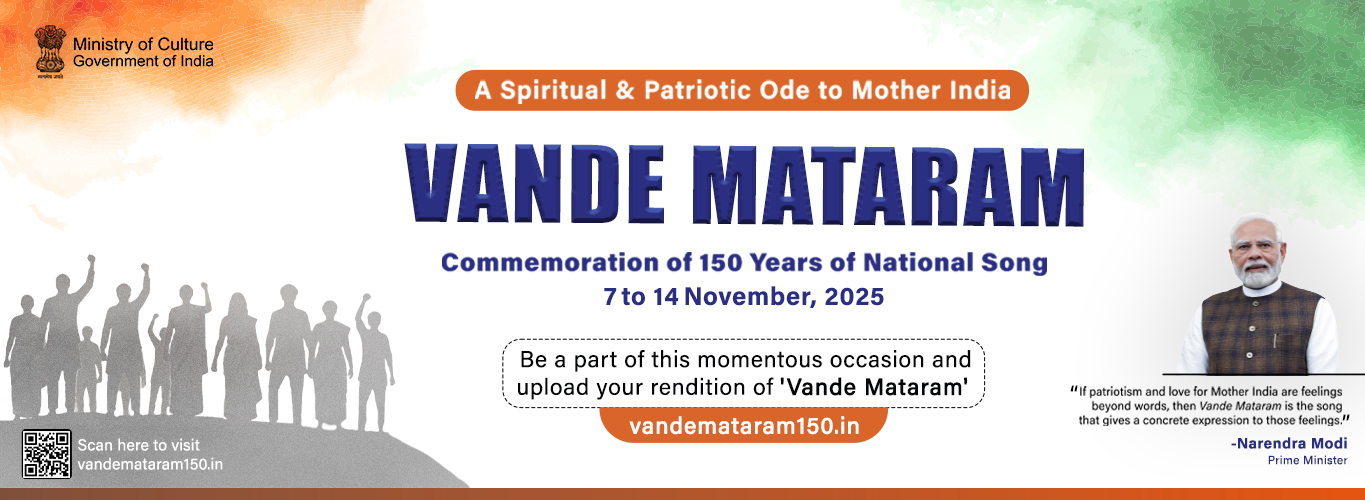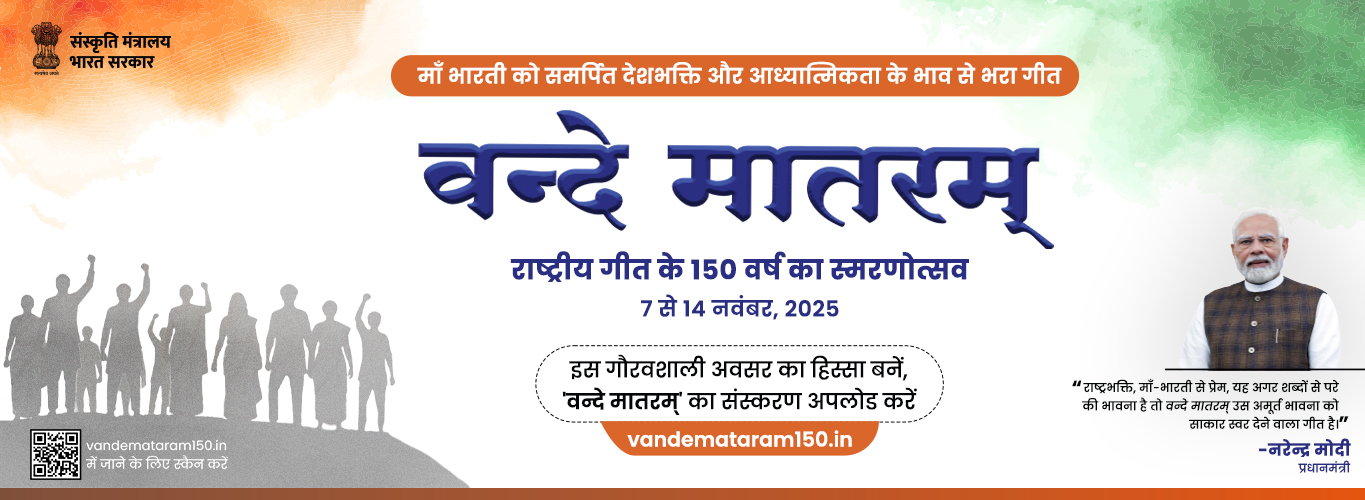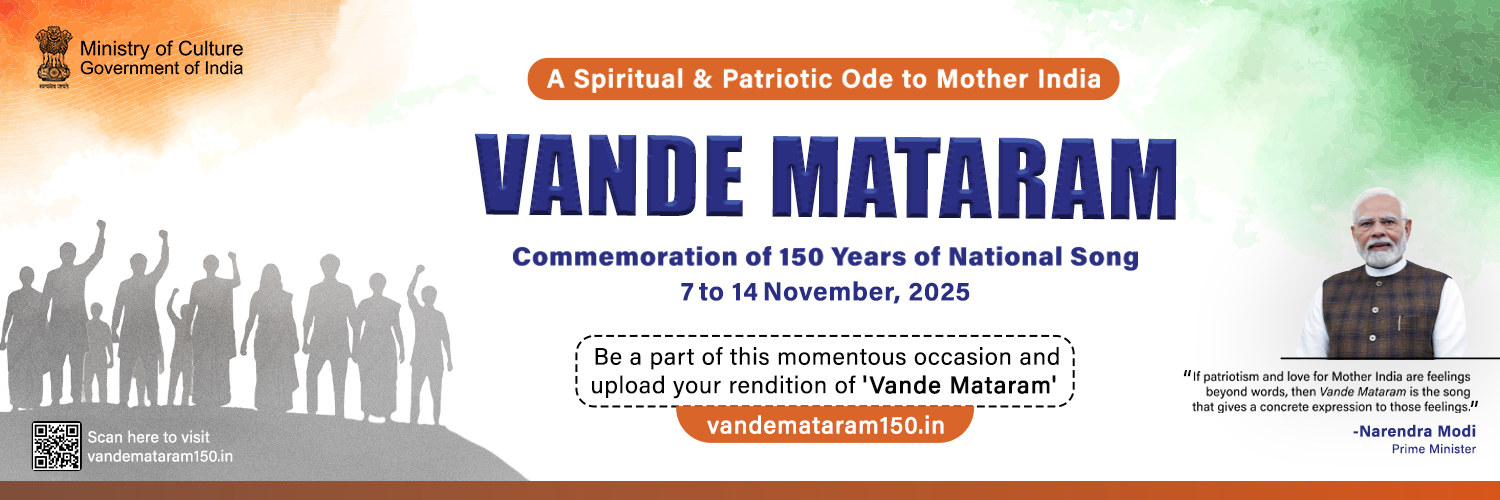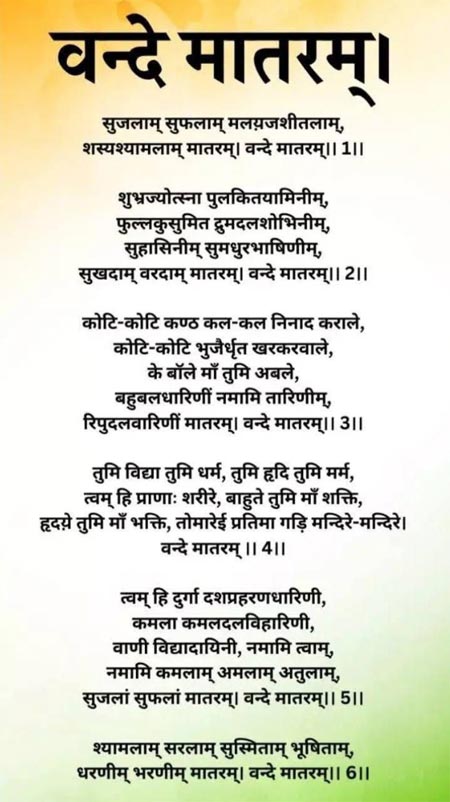भारत सरकारGOVERNMENT OF INDIA संस्कृति मंत्रालयMINISTRY OF CULTURE
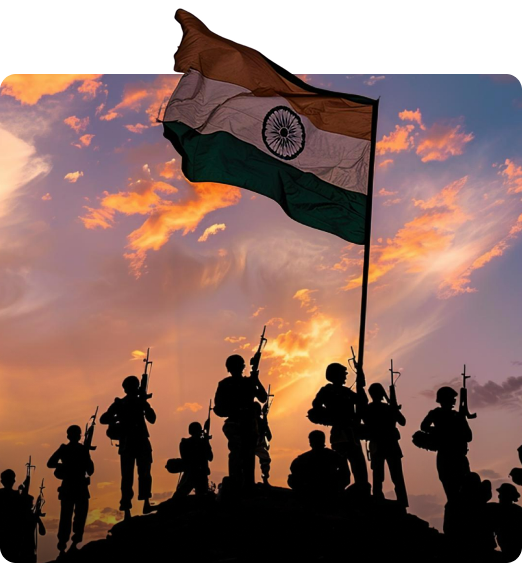
150 Years of Vande Mataram
150 Years of Vande Mataram is a national commemorative initiative to celebrate the spirit of Vande Mataram and it's unique role in the history of India. Vande Mataram is not just a song, it is the collective consciousness of India and was the rallying cry of freedom fighters during the struggle for independence
On 1st October the Cabinet approved country-wide celebrations for the 150th anniversary of 'Vande Mataram' to foster an impactful movement to connect citizens, especially our youth and students with the song's original, revolutionary spirit. The celebrations will honour this timeless message and ensure its legacy is fully celebrated and embedded in the hearts of the next generation.
History of Vande Mataram
journey through 150 years of insipiration, courage, and national pride
Creation
Creation of Vande Mataram
150 Years of Vande Mataram is a national commemorative initiative to celebrate the spirit of Vande Mataram and it's unique role in the history of India. Vande Mataram is not just a song, it is the collective consciousness of India and was the rallying cry of freedom fighters during the struggle for independence
On 1st October the Cabinet approved country-wide celebrations for the 150th anniversary of 'Vande Mataram' to foster an impactful movement to connect citizens, especially our youth and students with the song's original, revolutionary spirit. The celebrations will honour this timeless message and ensure its legacy is fully celebrated and embedded in the hearts of the next generation.
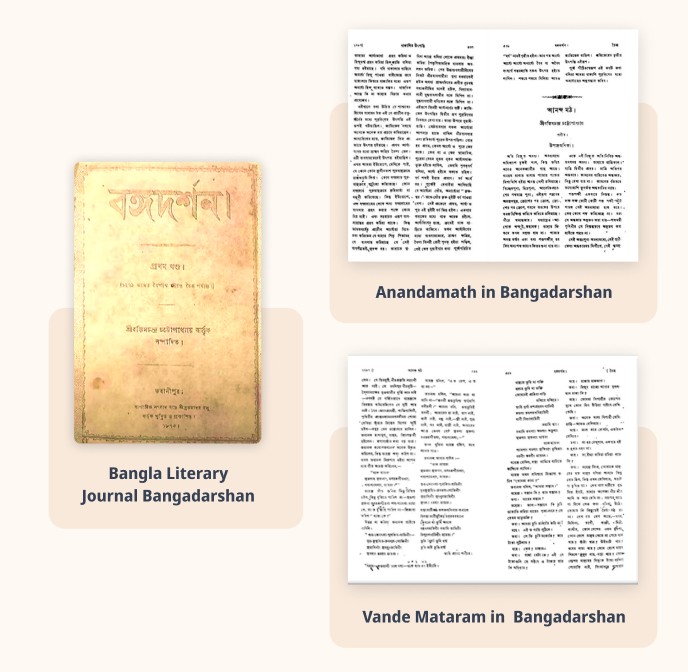
Renditions
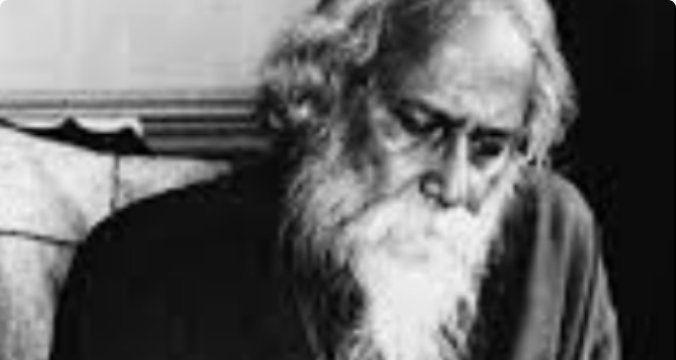
Gurudev Rabindranath Tagore's Version
In 1896, Gurudev Rabindranath Tagore sand Vande Mataram at the Kolkata session of the Indian National Congress. Play Video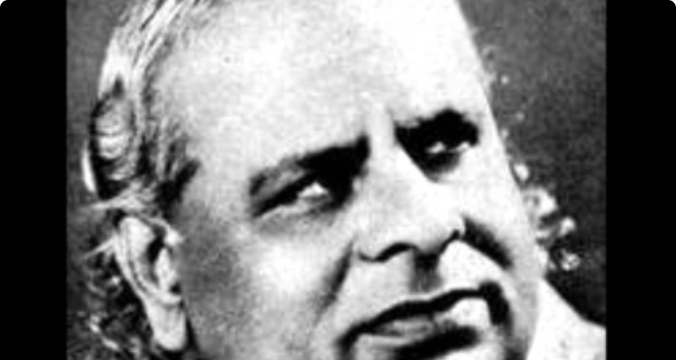
Pandit Omkarnath Thakur's Version
August 15, 1947, Pandit Omkarnath Thakur accepted an invitation from Sardar Vallabhbhai Patel to broadcast the tune over All India Radio at 6.30 AM. Play VideoFreedom Struggle
Role of Vande Mataram in the Freedom Struggle
Over time Vande Mataram became a rallying cry of freedom fighters, a symbol of love and devotion to the motherland and a slogan of resistance against the foreign power. The colonial authorities recognized its power: they banned public singing or display of it in many places because it served as a unifying nationalist chant. Vande Mataram was not only used as a song in meetings, processions and large public gatherings but also as a slogan (“Vande Mataram!”) shouted by protesters, freedom fighters, and bravehearts.
Seminal thinkers like Sri Aurobindo were instrumental in popularizing it as a central cry of the independence movement. According to him "Vande Mataram" had inherent spiritual powers capable of awakening the collective consciousness of the people. He felt that reciting Vande Mataram was not merely a political act but a spiritual one, designed to connect people to a deeper, shared identity.
In 1896, Gurudev Rabindranath Tagore sang Vande Mataram at the Kolkata session of the Indian National Congress. Later, singing the first two stanzas of Vande Mataram became a routine at the Congress meetings. It gradually became an anthem for the freedom fighters. Vande Mataram was sung at the proclamation of provisional Government of Azad Hind.
Use of Vande Mataram during the partition of Bengal
In 1905 Vande Mataram was an important part of the protests against partition of Bengal. In 1905, a meeting was conducted at Calcutta town hall to protest against the partition of Bengal by Lord Curzon. About 40,000 people took part in the meeting and all of them sang Vande Mataram there. Lord Curzon had ordered the police to arrest anyone who sang the song.
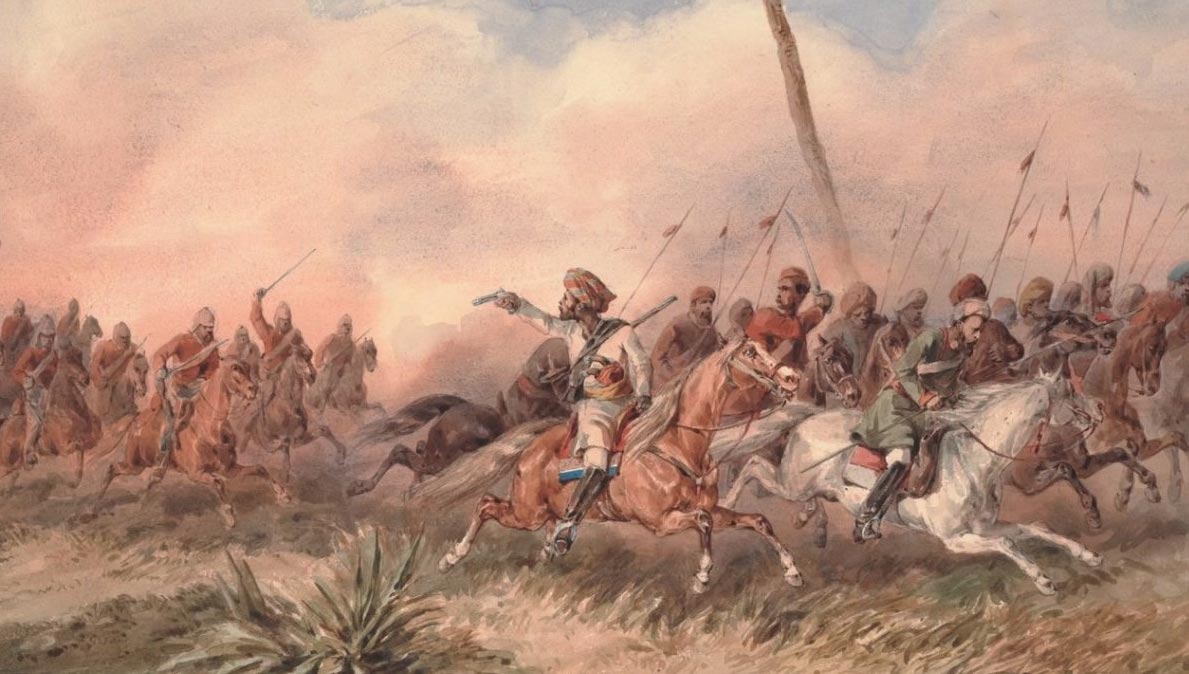
Vande Mataram Movement of Gulbarga
Vande Mataram Movement in Gulbarga, Karnataka, is said to be a significant moment in the history of the Hyderabad-Karnataka Freedom Struggle. Gulbarga was earlier part of the Hyderabad-Karnataka area. This Movement was majorly a student-led movement where students from varied colleges such as Osmania University, Aurangabad Intermediate College, and Gulbarga University participated.
On 16 November 1938, owing to its patriotic nature, the government banned the song Vande Mataram from being sung under any circumstances. As a form of protest, on 28 November 1938, the students resolutely sang the song, because of which they were kept under house arrest by the authorities. The students decided to continue protesting until their demands were met. To prevent this Movement from spreading, the British government posted policemen at various campuses and rusticated every student who refused to comply with their orders.




